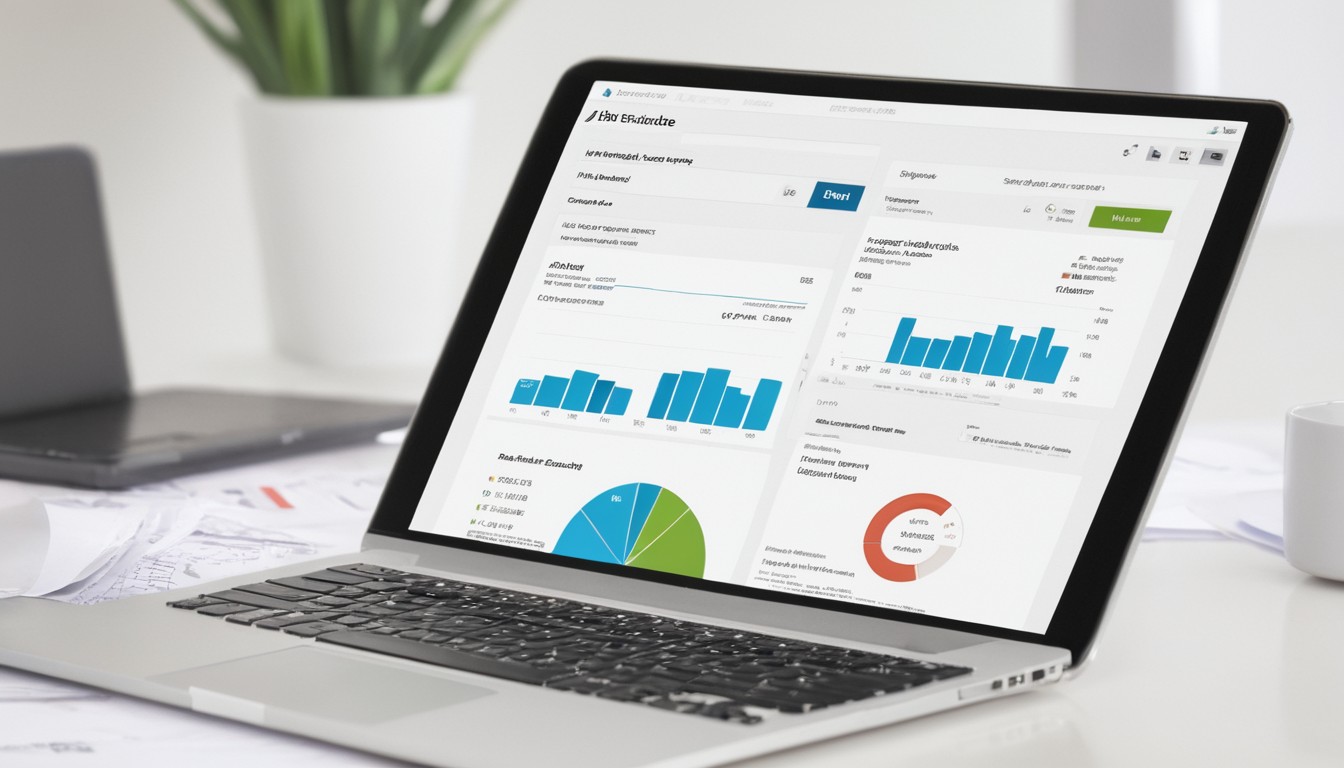Hidden Costs - The Price Teams Pay for Not Automating their Accounts Payable Process
-
29 Feb, 2024
-
3 min read

When it comes to ensuring an organisation's financial health and sustainability, finance teams play a pivotal role. Among the many facets of financial management, Accounts Payable (AP) processes are a critical area where efficiency can make a substantial impact. This post explores the hidden costs and consequences that finance teams may incur by not embracing automation in their Accounts Payable workflows.
The Current State of Accounts Payable
Traditional Accounts Payable processes often involve a multitude of manual tasks, from invoice receipt and data entry to approval workflows and payment processing. This manual approach is not only time-consuming but also prone to errors, potentially leading to delayed payments, frustrated vendors, and increased operational costs.
The Hidden Costs of Not Automating AP Processes
1. Resource Intensiveness:
One of the immediate consequences of manual AP processes is the heavy demand on human resources. Manually processing invoices, matching purchase orders, and managing approval workflows consume valuable time and effort that could be redirected towards more strategic financial activities.
2. Error Magnification:
Manual data entry is susceptible to human errors, and the consequences can be far-reaching. From duplicate payments to inaccuracies in recording financial data, the cost of rectifying errors can quickly escalate, impacting the accuracy of financial reporting and compliance with regulations.
3. Delayed Payments and Missed Discounts:
Manual processes inherently take longer to complete. Finance teams that rely on manual AP workflows may struggle with delayed payment cycles, leading to strained relationships with vendors and potential missed opportunities to capitalize on early payment discounts.
4. Increased Operational Costs:
The overhead costs associated with manual AP processes are often underestimated. These include the expenses tied to physical paperwork, storage, and the manpower required to manage and reconcile accounts. Automation can significantly reduce these operational costs and contribute to overall financial efficiency.
5. Lack of Financial Visibility:
Manual processes often result in a lack of real-time visibility into financial data. Without automation, finance teams may struggle to track invoices, monitor spending patterns, and make data-driven decisions promptly. This lack of visibility hampers the ability to respond to financial challenges proactively.
6. Supplier Relationships at Risk:
Suppliers expect timely and accurate payments. When finance teams grapple with manual AP processes, there's an increased likelihood of late payments, leading to strained supplier relationships. The long-term cost of damaged relationships can extend beyond financial impacts, affecting the organization's reputation.
7. Limited Strategic Focus:
Finance teams that spend a significant portion of their time on routine and manual tasks may find themselves lacking the bandwidth for strategic financial planning and analysis. Automation frees up time, allowing finance professionals to focus on value-added activities that contribute to the organization's growth.
Unlock the benefits of automated AP management with System1A
While the consequences of manual AP processes are significant and far-reaching, they are easy to rectify – thanks to AP Automation technology. With System1A's AP Automation platform, finance teams, in South Africa and worldwide, can enjoy streamlined workflows where supplier documentation is automatically captured, matched and reconciled.
If you'd like to experience the benefits System1A's AP software for yourself, feel free to book your demo here where you can see System1A in action and arrange a free trial.
Book my demo with System1A Accounts Payable
The Current State of Accounts Payable
Traditional Accounts Payable processes often involve a multitude of manual tasks, from invoice receipt and data entry to approval workflows and payment processing. This manual approach is not only time-consuming but also prone to errors, potentially leading to delayed payments, frustrated vendors, and increased operational costs.
The Hidden Costs of Not Automating AP Processes
1. Resource Intensiveness:
One of the immediate consequences of manual AP processes is the heavy demand on human resources. Manually processing invoices, matching purchase orders, and managing approval workflows consume valuable time and effort that could be redirected towards more strategic financial activities.
2. Error Magnification:
Manual data entry is susceptible to human errors, and the consequences can be far-reaching. From duplicate payments to inaccuracies in recording financial data, the cost of rectifying errors can quickly escalate, impacting the accuracy of financial reporting and compliance with regulations.
3. Delayed Payments and Missed Discounts:
Manual processes inherently take longer to complete. Finance teams that rely on manual AP workflows may struggle with delayed payment cycles, leading to strained relationships with vendors and potential missed opportunities to capitalize on early payment discounts.
4. Increased Operational Costs:
The overhead costs associated with manual AP processes are often underestimated. These include the expenses tied to physical paperwork, storage, and the manpower required to manage and reconcile accounts. Automation can significantly reduce these operational costs and contribute to overall financial efficiency.
5. Lack of Financial Visibility:
Manual processes often result in a lack of real-time visibility into financial data. Without automation, finance teams may struggle to track invoices, monitor spending patterns, and make data-driven decisions promptly. This lack of visibility hampers the ability to respond to financial challenges proactively.
6. Supplier Relationships at Risk:
Suppliers expect timely and accurate payments. When finance teams grapple with manual AP processes, there's an increased likelihood of late payments, leading to strained supplier relationships. The long-term cost of damaged relationships can extend beyond financial impacts, affecting the organization's reputation.
7. Limited Strategic Focus:
Finance teams that spend a significant portion of their time on routine and manual tasks may find themselves lacking the bandwidth for strategic financial planning and analysis. Automation frees up time, allowing finance professionals to focus on value-added activities that contribute to the organization's growth.
Unlock the benefits of automated AP management with System1A
While the consequences of manual AP processes are significant and far-reaching, they are easy to rectify – thanks to AP Automation technology. With System1A's AP Automation platform, finance teams, in South Africa and worldwide, can enjoy streamlined workflows where supplier documentation is automatically captured, matched and reconciled.
If you'd like to experience the benefits System1A's AP software for yourself, feel free to book your demo here where you can see System1A in action and arrange a free trial.
Book my demo with System1A Accounts Payable
Related insights






